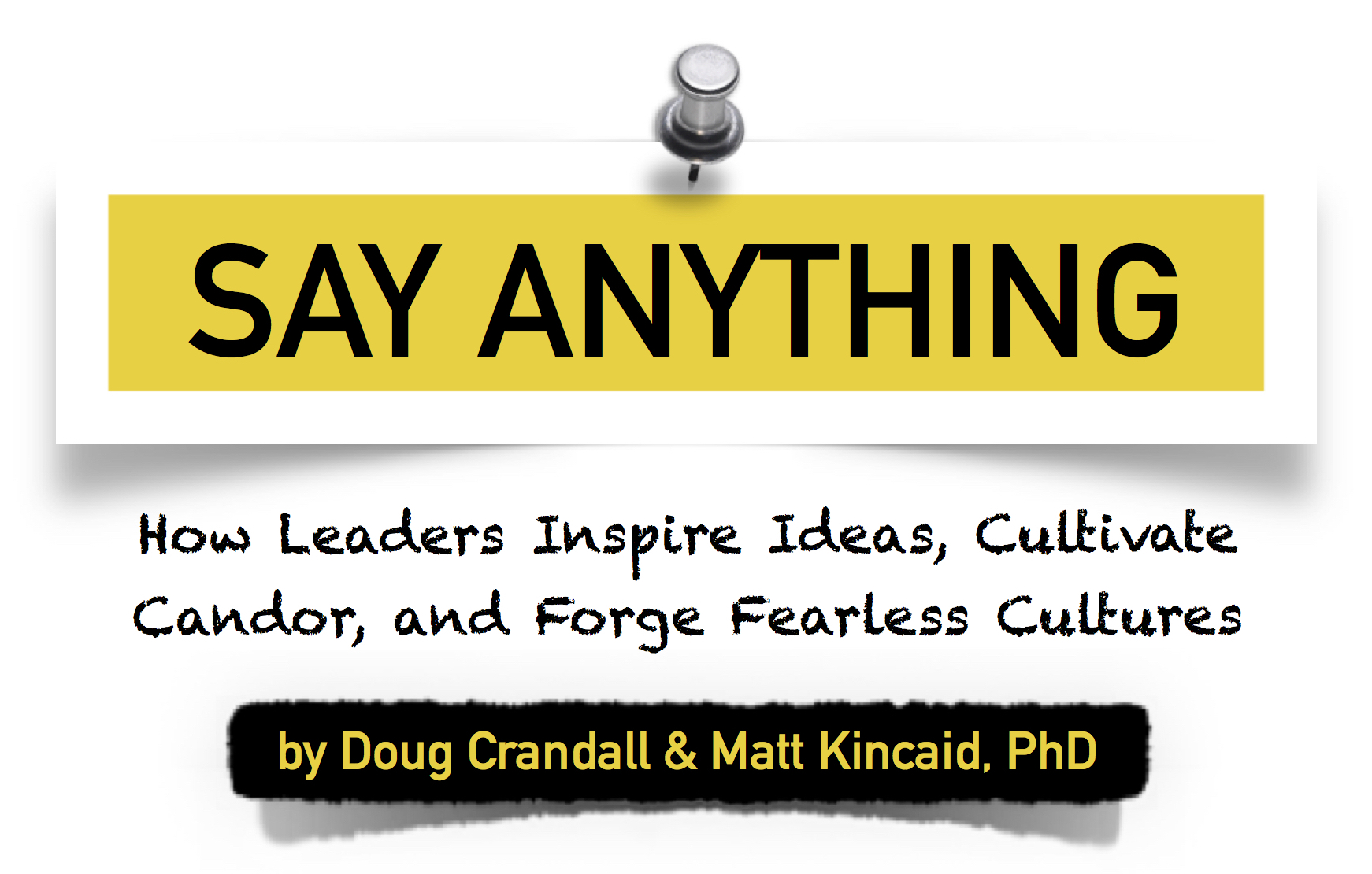
Quaker Oats, NASA, WorldCom, and Duke University—four well-respected organizations, with a common, unfortunate legacy: all experienced major organizational disasters with negative impacts that persisted for years (see Silence Kills by Joseph Grenny to learn more). Yet, with the benefit of hindsight, each of these calamities could have been completely avoided if someone had decided to speak up and share critical information at a critical time. Silence, it seems, is not always golden—indeed, silence can be deadly.
Consider the following. In 1997, Quaker Oats sold the Snapple Beverage Company for $300 million, only 27 months after purchasing Snapple for $1.7 billion. What happened? Quaker Chairman William D. Smithburg had turned sports-drink maker Gatorade into a smashing success after buying that business in 1983. While many of his leadership team had serious reservations about the deal, apparently no one was willing to challenge a powerful leader who appeared to have the Midas touch with beverage acquisitions.
While it is extremely rare to find a senior leader who does not espouse the importance of “open and direct communication,” organizations in which employees truly feel empowered to communicate potentially valuable yet unpopular messages are in equally short supply. In our practice, we refer to leaders who are able to create an organizational culture of open and direct communication as “Say Anything” leaders, referencing the concepts articulated by Doug Crandall and Matt Kincaid in their 2015 leadership book Say Anything: How Leaders Inspire Ideas, Cultivate Candor, and Forge Fearless Cultures.
A Say Anything leader creates an environment in which people feel empowered to express their views, concerns, ideas, and opinions freely. In this era of rapid change, with the resulting increasing demand for innovation and collaboration, the free flow of information is especially critical for success. When a leader operates from a Say Anything perspective, they are acknowledging their responsibility as a leader to drive the establishment of a culture of open and direct conversation, an authentic environment of trust and honesty in which all team members feel empowered to share their ideas.
How does one become a Say Anything leader? One surprisingly powerful mechanism for encouraging healthy dialogue is for leaders to adopt a mindset of “assuming positive intent.” As demonstrated in a host of research studies, the mindset of assuming positive intent is not simply a “nice to have”, but rather plays a powerful role in shaping desired team behaviors (see Say Anything for several fascinating examples).
Ultimately, creating a Say Anything culture comes down to a leader’s willingness to commit to putting three ideas into action:
- Prove it’s Safe Demonstrate that saying what needs to be said is valued, encouraged, and carries no negative consequences. As a leader, it is your responsibility to make your desire for honest and open communication explicit. This includes leading by example, demonstrating vulnerability and a willingness to hear what’s difficult.
- Dignify Every Try Clearly convey that every idea is appreciated and respected. Dignifying includes acknowledging and reinforcing other’s attempts to speak candidly. These attempts are opportunities for you to inspire your team members to build upon their early attempts at direct communications.
- Be Genuinely Curious Show a sincere desire to learn through inquiry and authentically seeking new ideas and viewpoints. Leaders must resist the temptation to “anchor” discussions by putting their ideas forth before hearing from others.
In our work with leaders and their teams, the establishment of a Say Anything culture is often the solid foundation upon which teams can accelerate their alignment to shared goals, streamline their decision-making processes, and, perhaps most importantly, ensure that the experience and wisdom of every team member is available to contribute to achieving the team’s desired outcomes.
